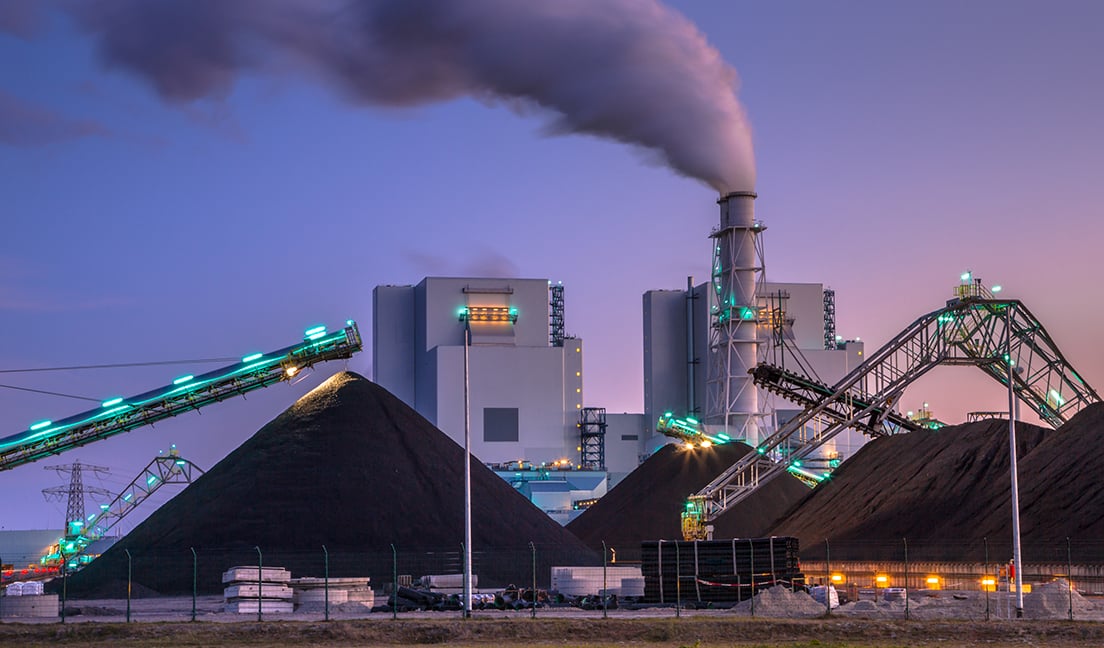Problem
Updated State and Federal environmental regulations led to a shortened project timeline for a facility that needed a Low Volume Wastewater (LVWW) system. The State maintained a pending deadline related to the closure of ash impoundments. Because the regulation prevented the use of the ash impoundment after the deadline, the facility needed to divert all low volume wastewater flows entering the impoundment from the deadline date to the time a permanent LVWW system could be installed and operational.
Evoqua worked closely with the client on a very compressed time line and also provided a complete temporary LVWW system while an area for the permanent system was prepared. Evoqua sourced equipment and ramped up production to deliver the permanent system 30 days before the deadline, avoiding National Pollutant Discharge Elimination System (NDEPS) permit-related fines.
Background
The CCR Rule became effective on 10/19/2015 and set a federal standard for the safe disposal of coal ash. The rule establishes technical requirements for CCR landfills and surface impoundments that were challenged legally and politically. These challenges resulted in uncertainty delaying project execution. The methodical pace to resolve the uncertainties left Utility Companies in a predicament of needing to both comply with regulations and continue to generate electricity.
In this instance, the plant reached out to Evoqua - an existing provider - for a solution that would be in place between the deadline date and the completion of permanent system.
Solution
With a very short design time Evoqua proposed, and provided the customer a complete temporary LVWW system that included: ballasted clarification, chemical addition and inventory management, solids dewatering, and around the clock equipment operation. The system was designed to treat 10,000 gpm effluent to the regulated outfall. The system achieved all NPDES permitted requirements without issue. TSS levels were reduced from an average of 400 ppm to less than 20 ppm. All requirements for metals, such as Arsenic and Mercury were met.
Results
The customer embarked on a month-long excavation project running 24/7 to make way for the permanent system’s installation. Evoqua successfully accelerated the production of equipment to provide the full capacity 30 days before the regulatory deadline. The operational staff ramped up to provide the personnel for continuous operation of the system. The system successfully treated over one billion gallons of wastewater under the permit specifications within the first six months of the project.
Once the need for the system was replaced by the permanent LVWW system, the temporary equipment was scaled down, and the system transitioned to treat the water in the ash impoundment once the impoundment closure was initiated. The permanent LVWW system started up flawlessly and continues to meet all design and discharge requirements.
